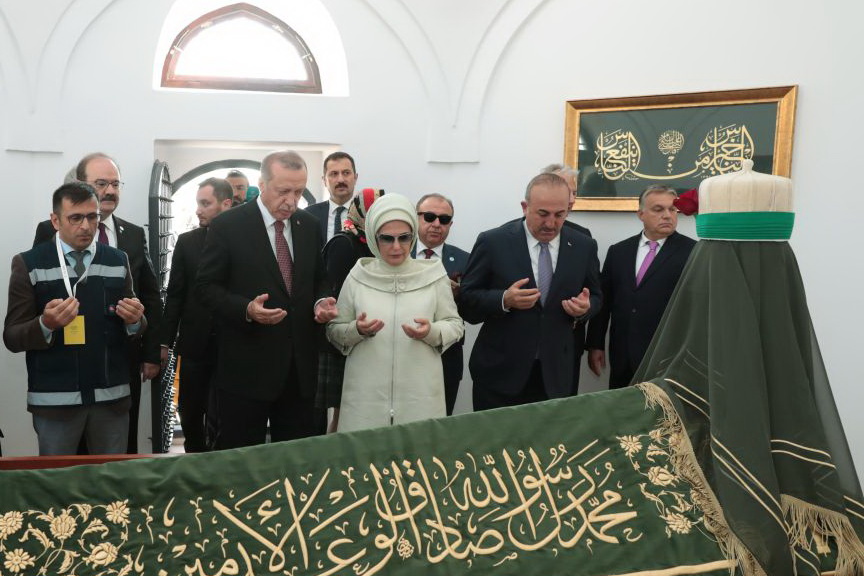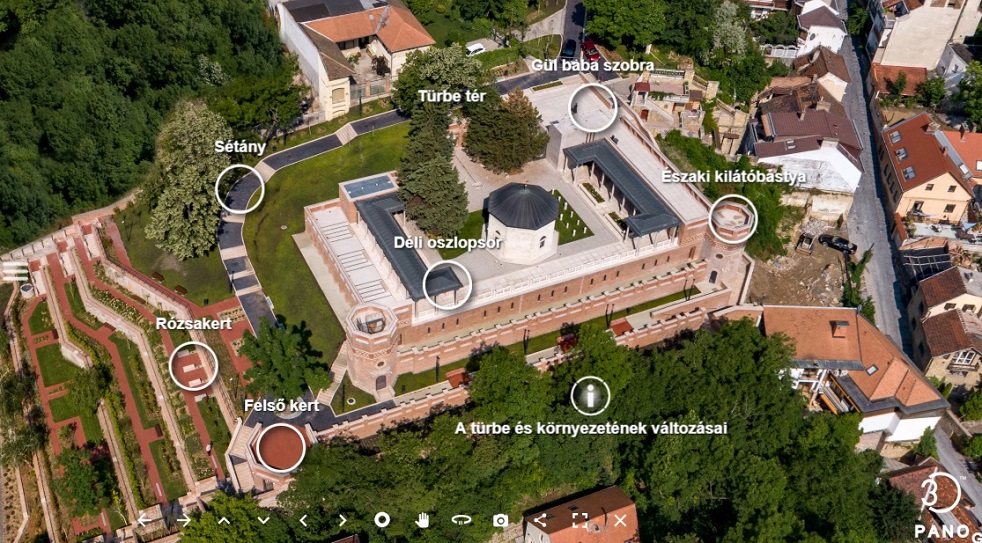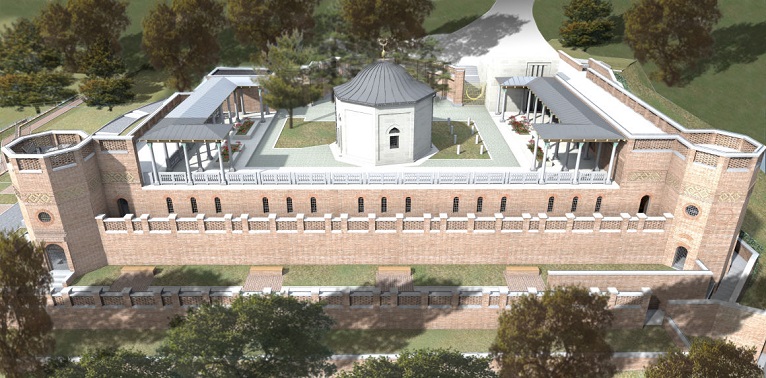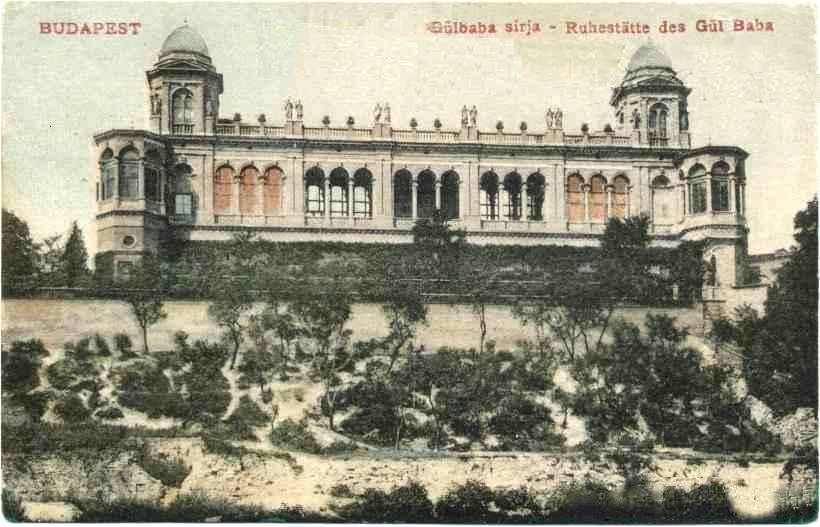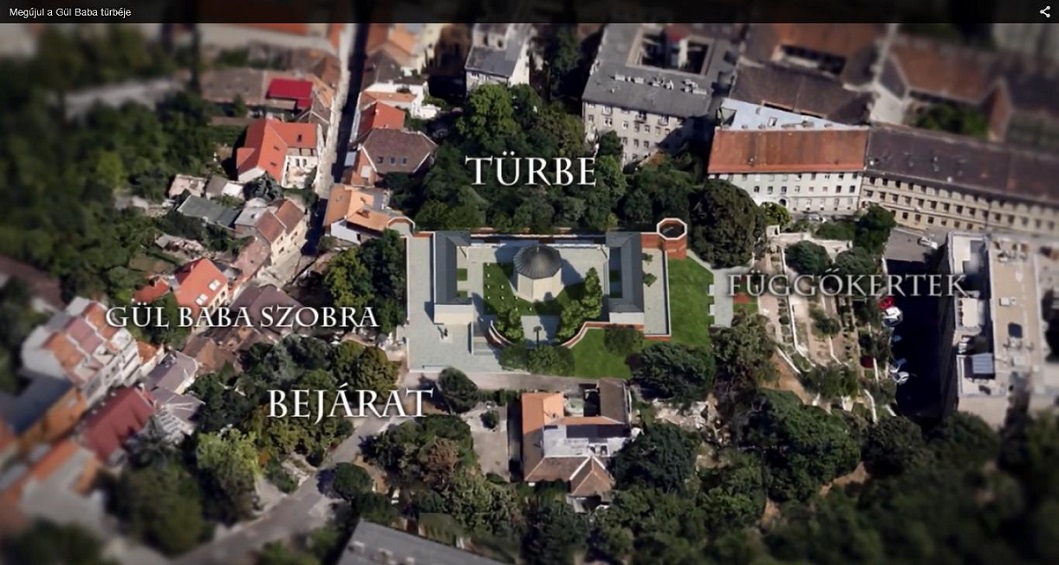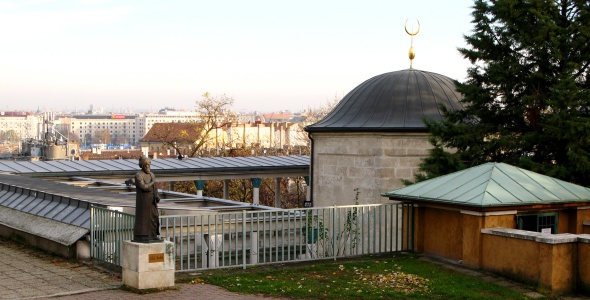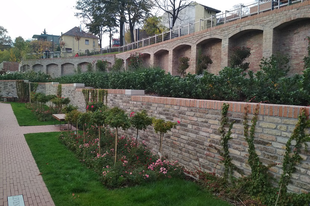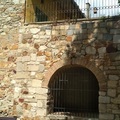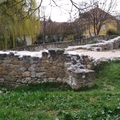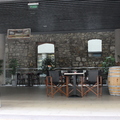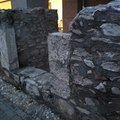Gül Baba, a Rózsák atyja, bektási dervis, azaz harcos muszlim szerzetes volt, aki 1541-ben a megszálló török sereggel érkezett Budára. A legenda szerint a város elfoglalásának hálaadó ünnepén, 1541. szeptember 2-án halt meg. Tiszteletére díszes temetést rendeztek, amelyen maga I. Szulejmán szultán is részt vett, sőt a legenda szerint beállt a koporsóvivők közé is. A Gül Baba sírja fölé emelt türbét 1543 és 1548 között építtette Mehmed Jahjapasazáde, a 3. budai pasa. A hely azóta is az iszlám vallásúak zarándokhelye, török turisták rendszeres úticélja. Gül Baba türbéjét 1543-ban személyesen Szulejmán szultán parancsára kezdték el építeni, a később róla elnevezett Rózsadomb keleti lejtőjén.
The tomb was built by Mehmed Paşa, beylerbeyi of Buda, between 1543 and 1548 and has a shallow dome covered with lead plates and wooden tiles. It was left undamaged when the Habsburg armies captured the area during the Second Battle of Buda in 1686, but was converted into a Roman Catholic chapel by the Jesuits, who renamed it "St Joseph's Chapel".Gul Baba Turbe Precinct, Budapest by Dr. Basil Al Bayati The tomb, in 1916, represented the farthest influence of Bektashism in the Austro-Hungarian Empire. In 1987, in the precinct of the tomb building, the Hungarian government financed the building of an Islamic Centre and Mosque complete with a library and museum. The buildings were designed by Dr. Basil Al Bayati and follow a traditional Ottoman style in their plan. "Dr. Bayati’s design presents a large complex which successfully combines the styles of Ottoman architecture (as it was practised in Eastern Europe) and Hungarian architecture in the style of Lechner. The platform on which this complex is envisaged is already standing. The new buildings flank the turbe to the right and left. The building to the left, or more precisely to the south of the turbe, is a mosque. This is covered by three domes, all resting on drums of various heights, that in the centre being taller than the lateral ones. Due to the cold climate of the country the mosque is entirely covered and is rectangular in shape. Since colour is very much in evidence both on the exterior and interior of the building, it is envisaged that the mihrab will be coated with Zsolnay tiles and framed by a rectangular border containing Quranic inscription. (To read more scroll down)
Gülbaba, Budapeşte'de yüksek tepeye gömülür ve tepeye "Gültepe" adı verilir (Macarca: Rózsadomb). Türbesinin yanına yaptırılan Gülbaba Bektaşi Tekkesi 1686 yılında yıkılmıştır.
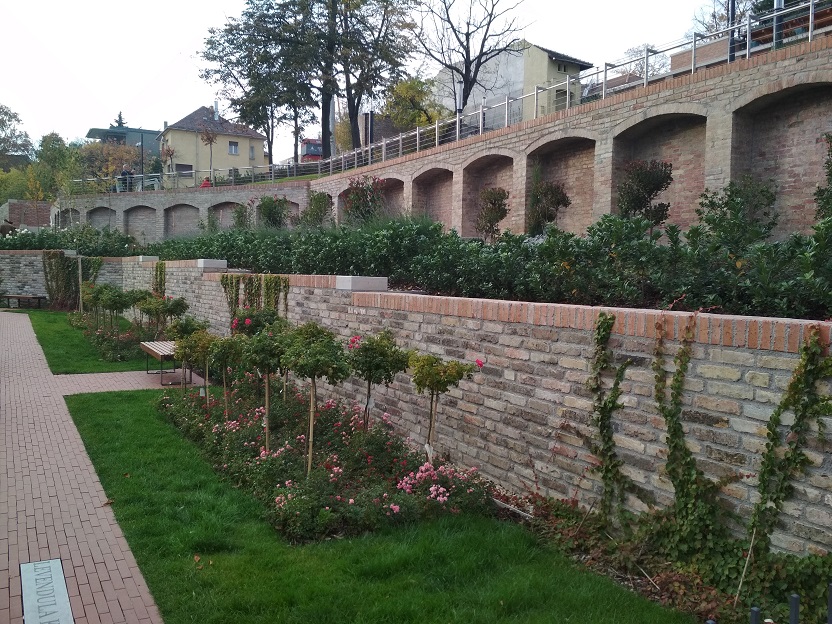
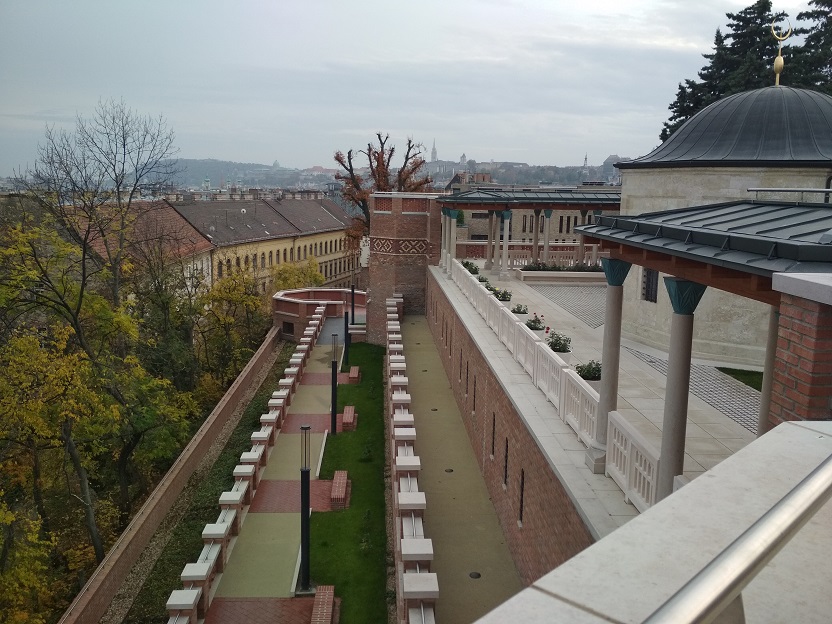
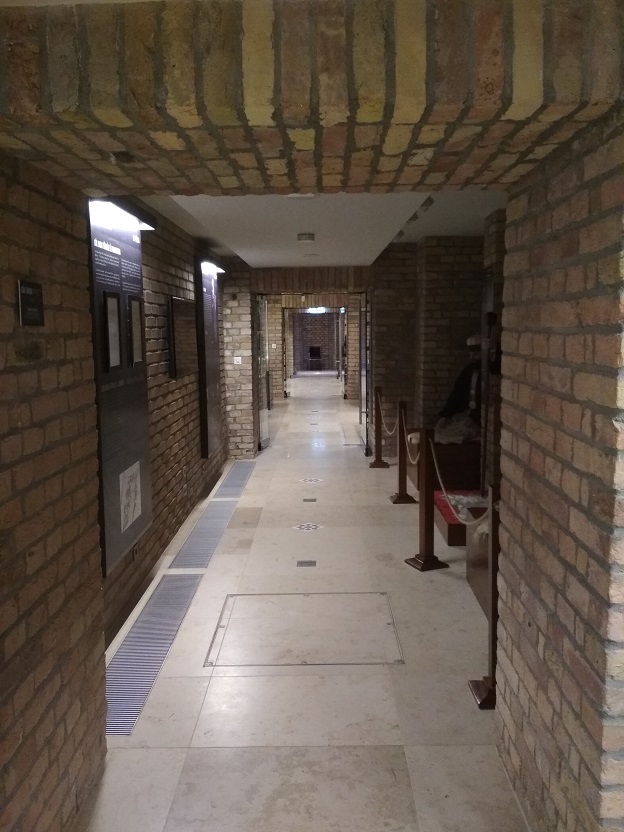
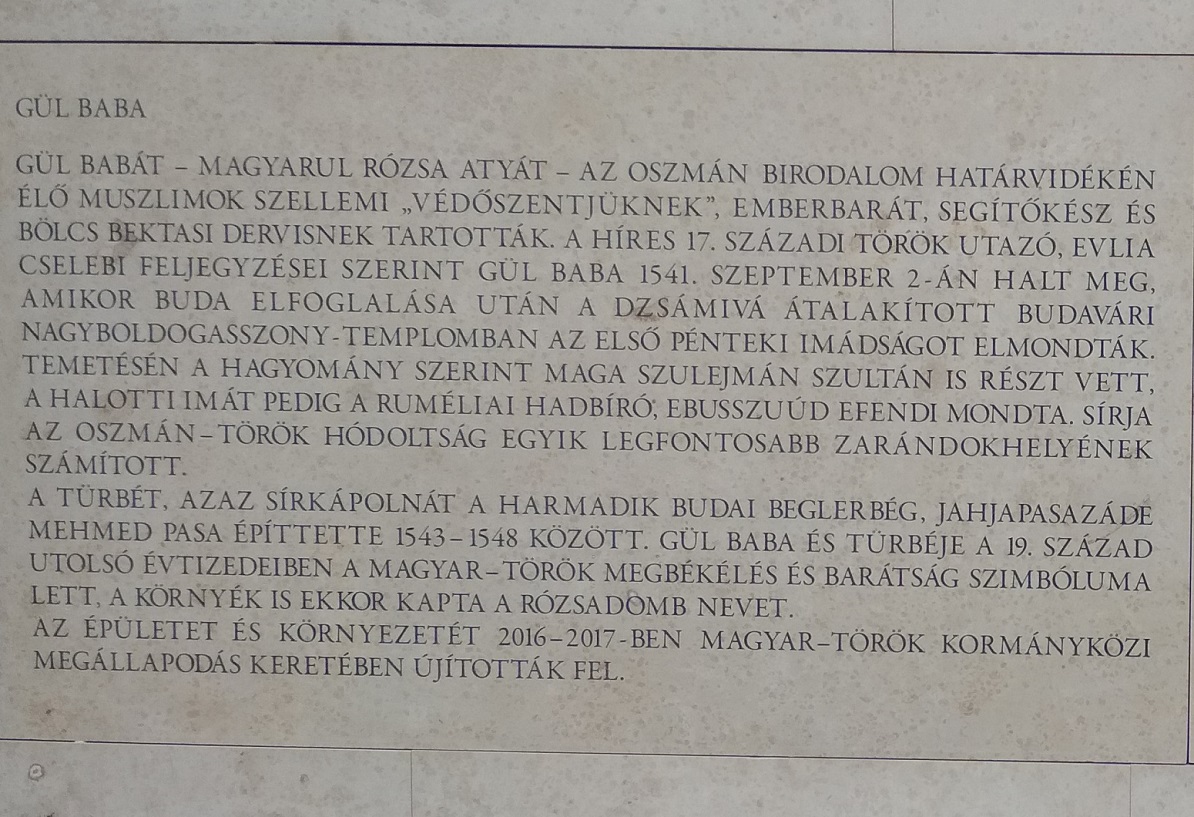
Magyar/Hungarian
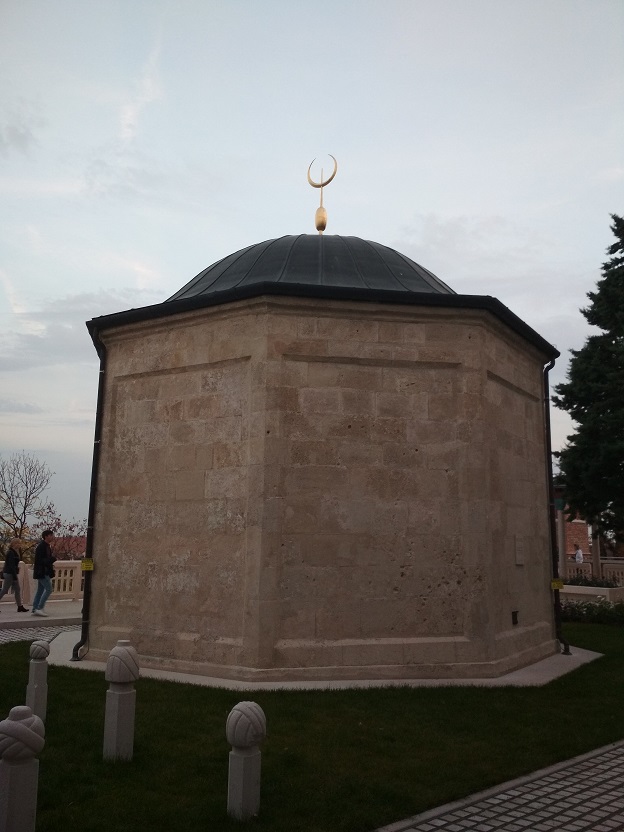
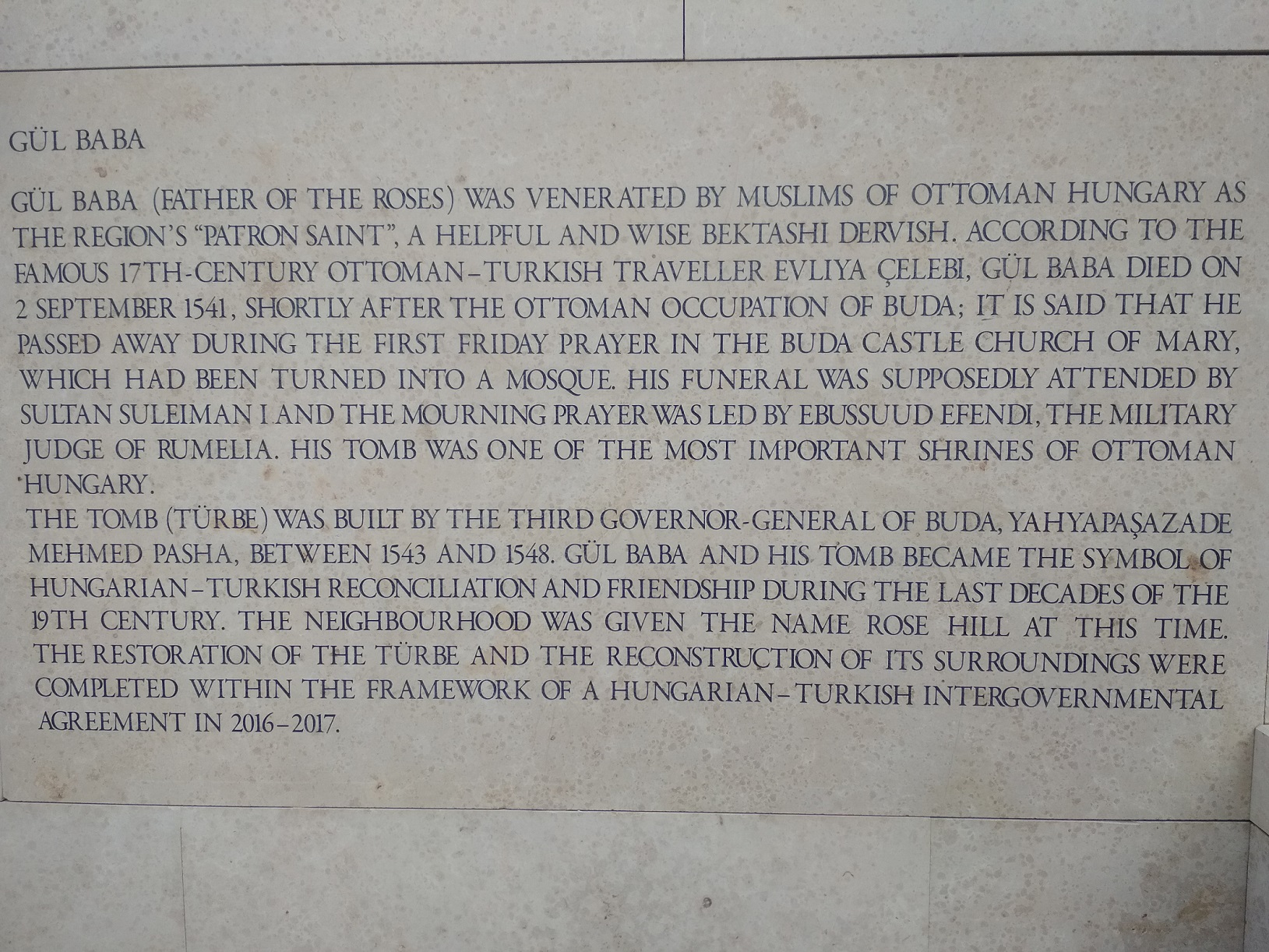
Angol / English
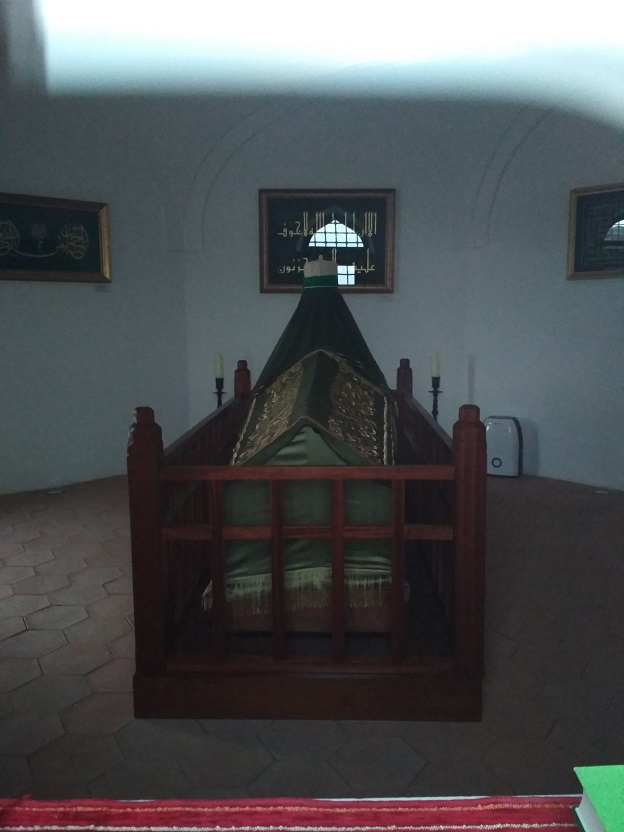
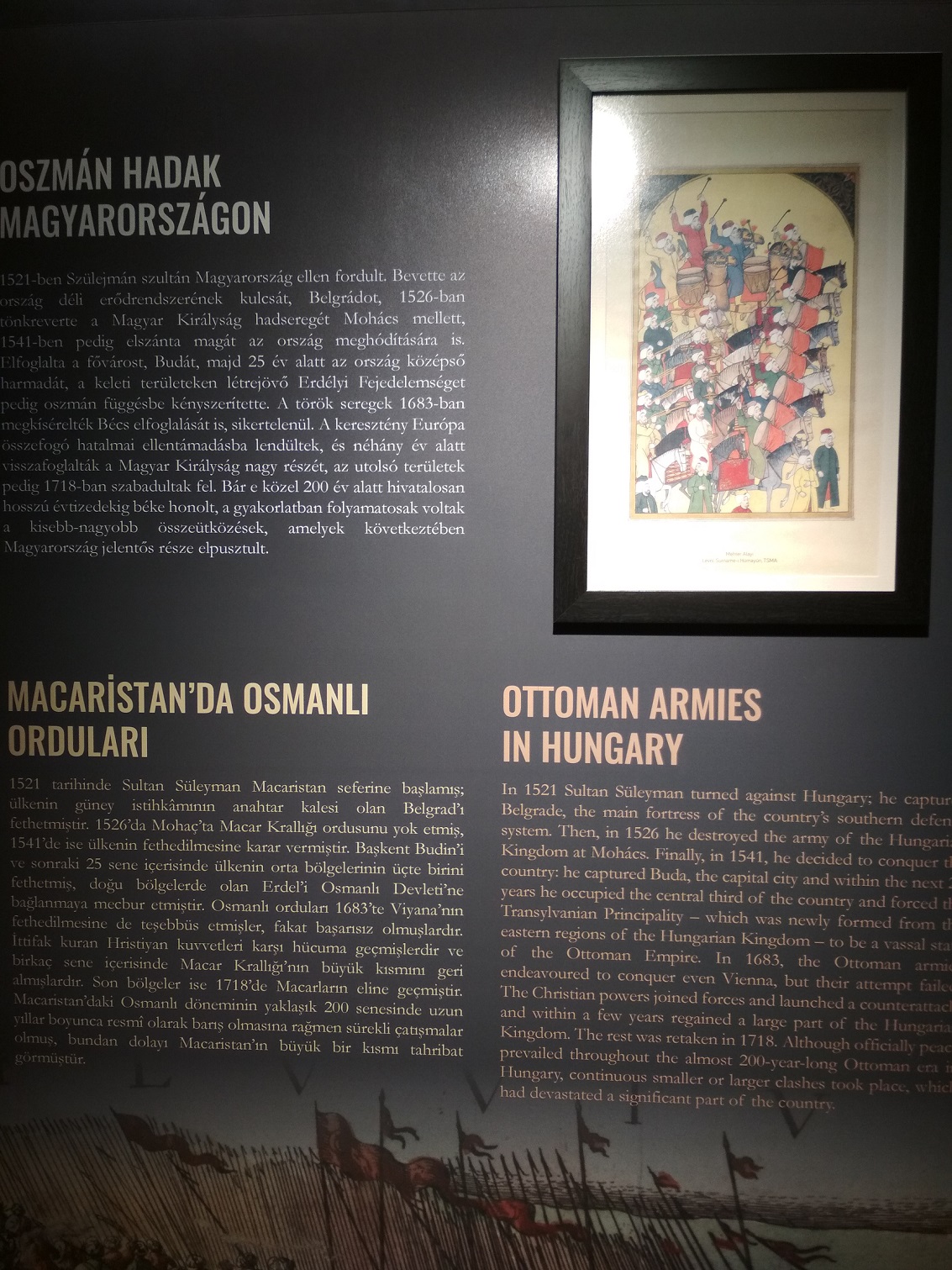
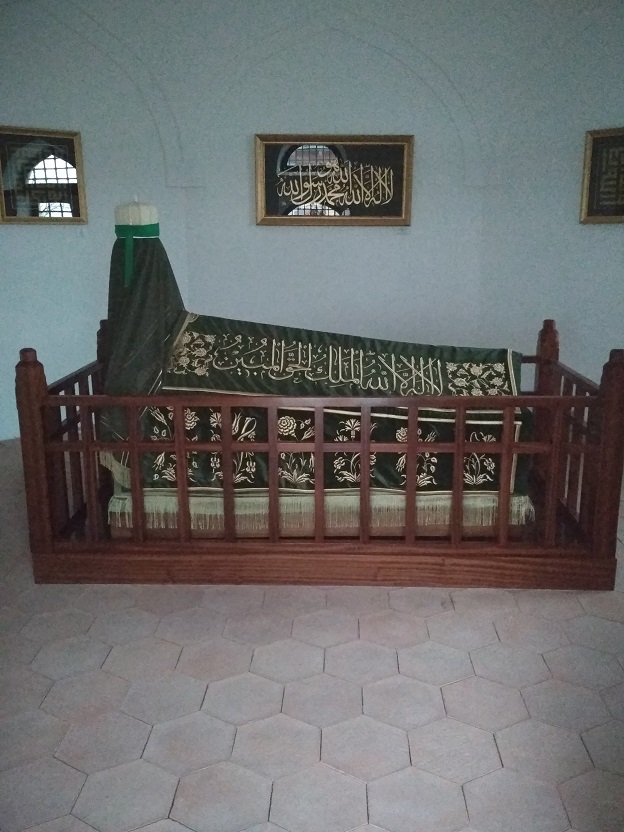
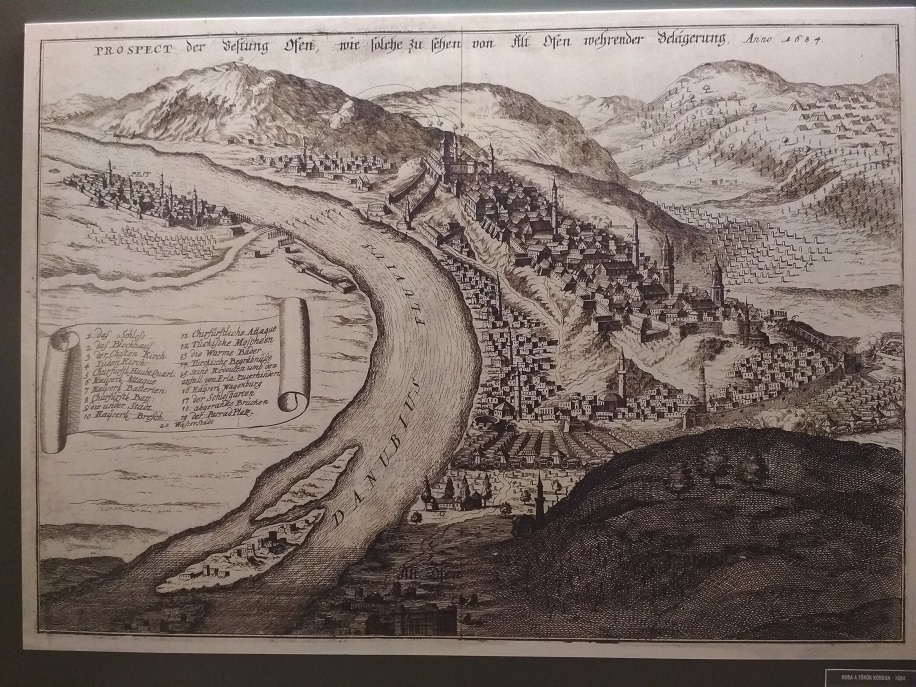
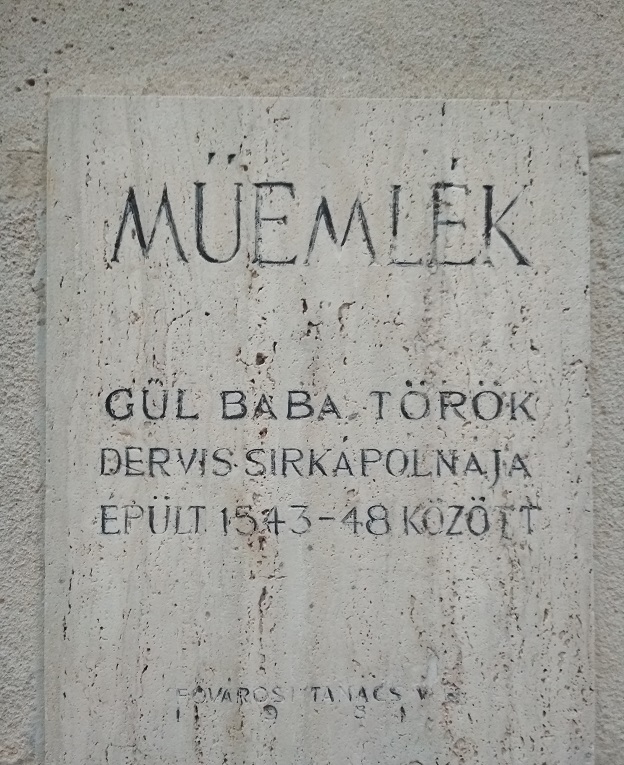



Török / Türkish
